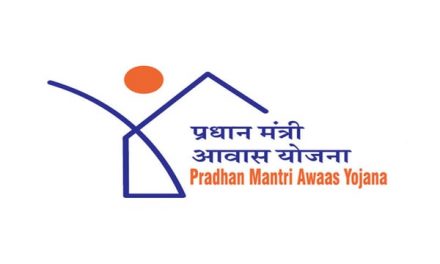Tinder announced on Monday that in the “coming quarters,” users will be able to verify their ID on the app. This feature was first rolled out in Japan in 2019, where Tinder users must verify that they are at least 18 years old. Aside from places like Japan, where this is mandated by law, ID verification will “begin as voluntary,” Tinder wrote in a blog post.
Rory Kozoll, Head of Trust & Safety Product at Tinder said, “ID Verification is complex and nuanced, which is why we are taking a test-and-learn approach to the rollout. We know one of the most valuable things Tinder can do to make members feel safe is to give them more confidence that their matches are authentic and more control over who they interact with. And we hope all our members worldwide will see the benefits of interacting with people who have gone through our ID verification process. We look forward to a day when as many people as possible are verified on Tinder.”
Tinder also says that ID Verification will be a process with a privacy-friendly approach, but there are no details on how the company will manage the documents submitted by users in terms of privacy and security.
Of course, the idea of identity verification is to make the app more secure for its users, as it’s quite common to deal with fake profiles in dating apps like Tinder. Combined with photo verification, Face-to-Face video chat, and even a “panic button,” Tinder believes ID Verification will help users to chat only with real people.
ID Verification will initially be voluntary except as required by local law, and Tinder acknowledges that some users may not want to share their identities online.
“We know that in many parts of the world and within traditionally marginalized communities, people might have compelling reasons that they can’t or don’t want to share their real-world identity with an online platform,” said Tracey Breeden, vice president of safety and social advocacy at Tinder parent company Match Group. “Creating a truly equitable solution for ID Verification is a challenging, but critical safety project and we are looking to our communities as well as experts to help inform our approach.”











